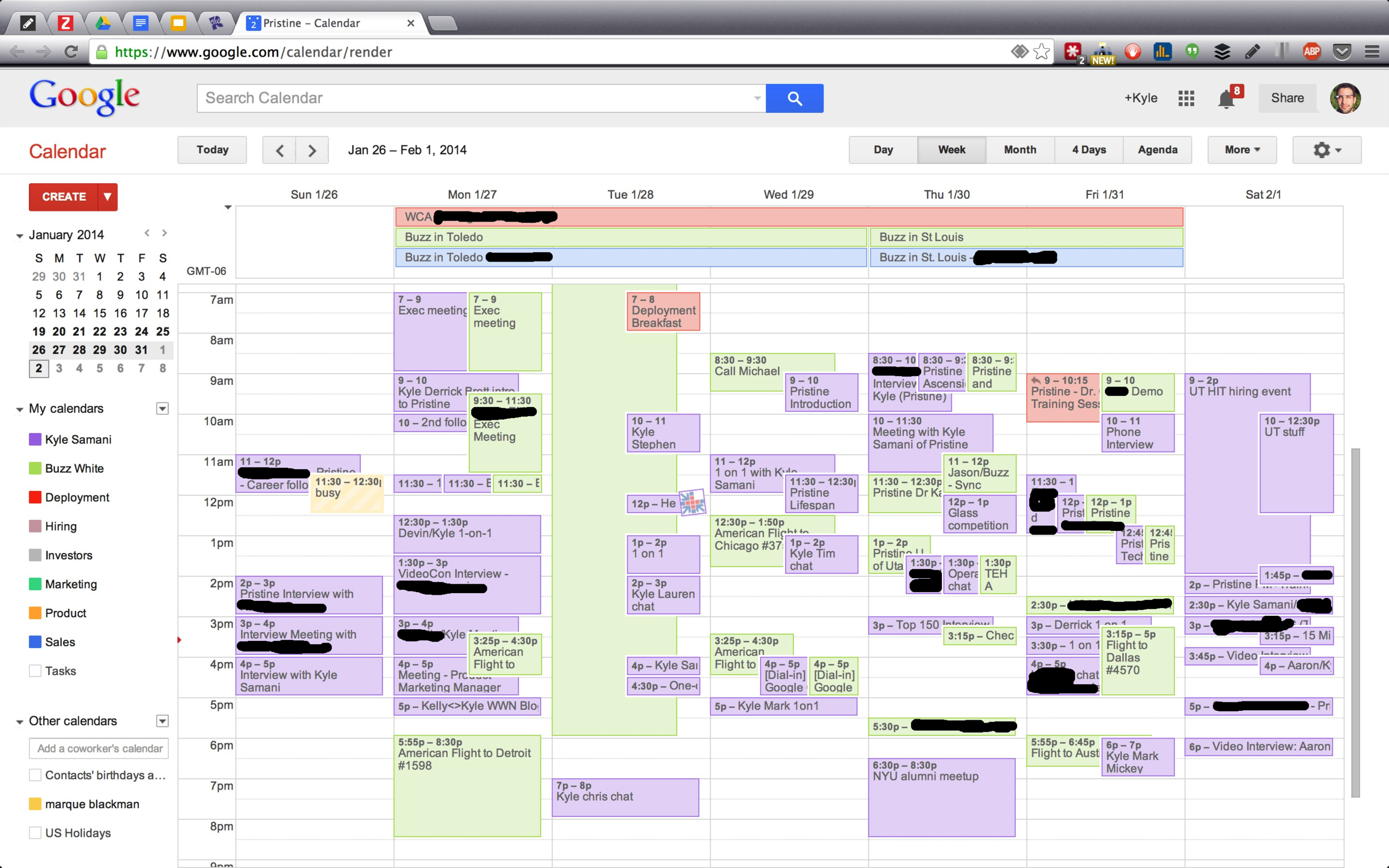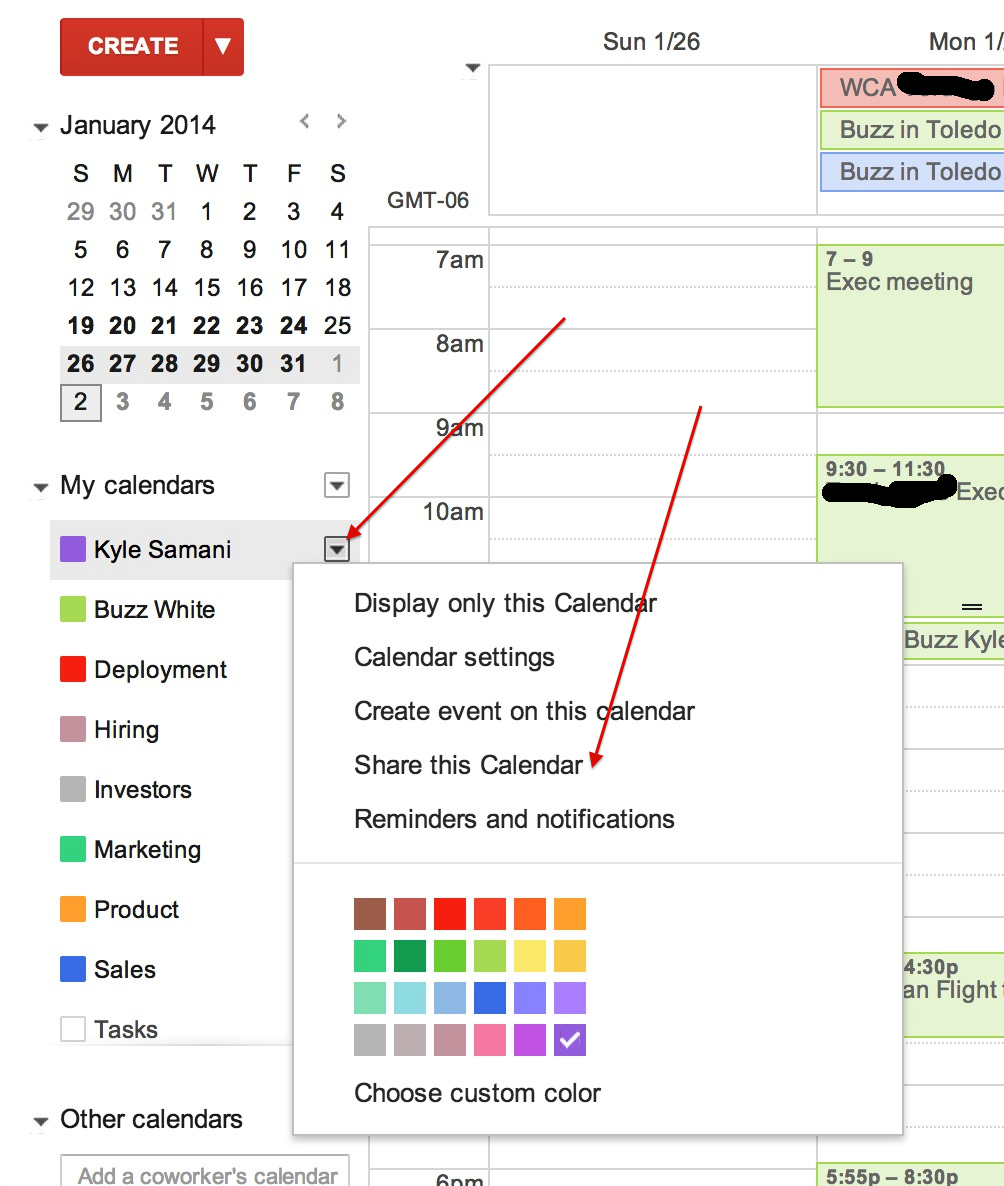This post was originally featured on EMRandHIPAA.
There are an enormous number of startups trying to solve the medication adherence problem. Broadly speaking, these startups are trying to solve the problem through three avenues:
1) Hardware, i.e. smart pill bottles
2) Semi-intelligent software driven reminders
3) Patient education
The most effective solutions are likely to incorporate all three.
The hardware space has been the most interesting simply because of the variety of solutions cropping up.AdhereTech and CleverCap have developed unique pill bottles that control and monitor dispensing via proprietary smart pill bottles. They also incorporate software for notifications. Unfortunately, all smart pill bottle makers are bounded by FDA regulations because they physically control medications through a combination of hardware and software. FDA regulations will slow time rollout of these solutions to market and create enormous new expense.
I recently learned about PillPack, a startup that just raised $4M. They compete asymmetrically in the medication adherence by not making any hardware at all!
The problem with the pill bottle is that there are dozens of pills in a single container. Measuring and controlling output and consumption is intrinsically a difficult problem. PillPack solves these problems by simply averting the issue entirely. PillPack pre-packs pills by dose. This is particularly valuable because they pre-pack multiple kinds of medications that need to be taken at the same time.
PillPack doesn’t yet have any intelligent software that monitors when medications are taken. But with granular packaging, sensing and controlling the medications becomes dramatically easier than ever before. I suspect this will the marquee feature of PillPack 2.0. Once they add the ability to detect when a pack is opened, they can begin adding intelligent software alerts and reminders to patients and their families.
PillPack has a far more lucrative distribution strategy than companies who have to produce and distribute hardware. PillPack can scale their customer base incredibly quickly through B2C marketing. B2C marketing isn’t easy; Pillpack faces a significant challenge in terms of patient and provider education, but it’s one that’s definitely addressable. If PillPack’s service is as good as I think it is, they should develop incredibly happy customers, which will lead to recurring revenues and strong referrals.
The moment I saw Pillpack, I immediately recognized it as one of those “duh” business. We’re going to look back in 10 years and wonder why this wasn’t always around. Their solution solves so many of the pain points around taking medications on time and is coupled with a lucrative business model that feeds off of recurring revenues from long term customers.
The genius of their business is that they are tackling the medication adherence problem from a unique angle: packaging and distribution. They’ve bundled that solution into a simple and elegant package (pun intended) that helps patients avoid the pain of the modern US healthcare system: going to the pharmacy, fighting with the pharmacist, and manually tracking when to take how much of each medication.
Full disclosure: I have no relationship(s) with PillPack.


